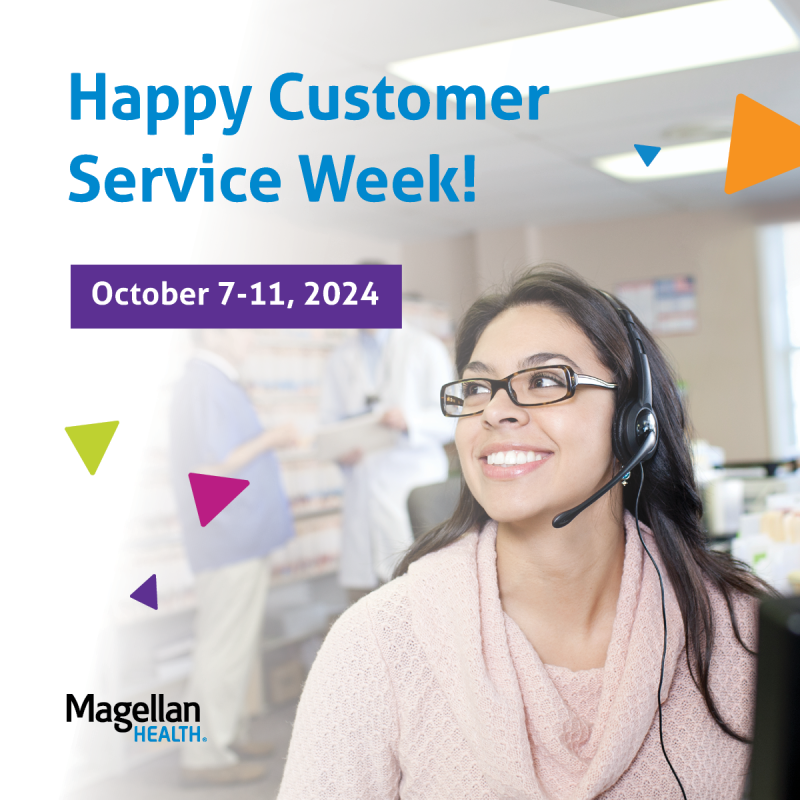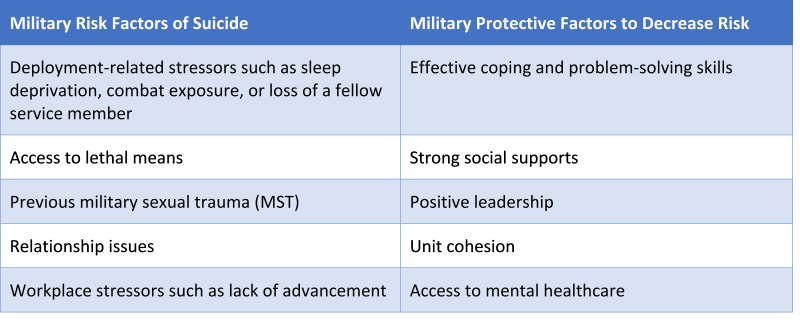Military Teen Toolkit
Resources for Supporting Your Teen’s Mental Health
Military life can be exciting and adventurous, but it also comes with challenges, especially for teens who face frequent moves, deployments, and the stress of a parent serving in harm’s way. This toolkit offers tips for military parents to help their teens navigate these challenges and maintain good mental health.
Communication is Key
- Initiate Conversations: Don’t wait for your teen to “open up”. Regularly check in with them about their day, school, friends, and feelings.
- Active Listening: When your teen talks, truly listen. Put away distractions, avoid interrupting them, offer empathy, and ask clarifying questions.
- “I” Statements: Use “I” statements to express your concerns without sounding accusatory. For example, “I worry when you stay up so late” instead of “Why are you always up so late?”
- Respect Privacy: Respect your teen’s need for privacy but establish boundaries. Let them know you’re always available to talk.
- Deployment Discussions: Talk about deployments well before they happen. Address their worries about safety, missing friends, and managing household responsibilities.
- Deployment Traditions: Create routines or traditions to maintain connection during deployments. This could be a weekly video call, writing letters together, or sending a small care package each week.
Building Resilience
- Develop Routines: Establish consistent routines at home and school, even during deployments. This provides a sense of normalcy and stability.
- Encourage Exercise: Regular physical activity reduces stress, improves mood, and promotes healthy sleep patterns.
- Healthy Eating: Focus on providing nutritious meals and snacks to fuel your teen’s body and mind.
- Relaxation Techniques: Teach your teen relaxation techniques like deep breathing exercises, mindfulness meditation, or progressive muscle relaxation.
- Positive Coping Mechanisms: Help your teen develop healthy coping mechanisms like journaling, creative outlets, or spending time in nature.
Recognizing Signs of Trouble
- Emotional Changes: Be aware of sudden changes in mood like increased irritability, sadness, or anger.
- Behavioral Changes: Watch for social withdrawal, neglecting hobbies, or increased risk-taking behaviors.
- School Struggles: Pay attention to slipping grades, difficulty concentrating, or lack of motivation for schoolwork.
- Physical Changes: Notice changes in sleep patterns, energy levels, appetite, or self-care habits.
- Substance Abuse: Be aware of signs of drug or alcohol use, which can be a way of self-medicating.
Getting Help
- MFLC Program: The Military and Family Life Counseling (MFLC) program helps military families overcome challenges with free non-medical face-to-face support. Services are private and confidential with a few exceptions. Support is available at many installations and affiliated schools.
- Military OneSource: This program offers a variety of resources, including:
- 24/7 confidential counseling: Speak with a licensed therapist specializing in military families.
- Workshops and webinars: Learn about common challenges teens face and develop coping strategies.
- Online resources: Access articles, videos, and tools to support your teen’s well-being.
- Chaplain Services: Chaplains offer non-denominational emotional and spiritual support and can be a valuable resource during difficult times.
- Military Teen Support Groups: Connecting with other teens facing similar challenges can be a source of comfort and understanding. Talk to your teen’s school counselor or local military base about support groups.
- Mental Health Professionals: If your teen needs more comprehensive support, consider seeking help from a therapist specializing in adolescents or military families.
Additional Resources
- National Child Traumatic Stress Network: https://www.samhsa.gov/
- The Trevor Project: https://www.thetrevorproject.org/ (for LGBTQ+ youth)
Remember:
- Take care of yourself. A healthy parent can better support a healthy teen.
- Celebrate accomplishments. Acknowledge your teen’s strengths and resilience.
- Be patient. Building resilience and coping skills takes time and practice.
- Seek professional help if needed. Don’t hesitate to ask for help if you feel overwhelmed or your teen needs additional support.
- The military community is here for you. There are many resources available to support you and your family.
 About the Author: Michael Pride is a 43-year-old retired Marine and current track coach. Born in Kansas City, MO, he was a standout track athlete in high school. After graduating in 1999, he enlisted in the Marine Corps in 2007, serving as a Motor Transportation Operator. During his deployment to Afghanistan in 2008, Michael was severely wounded by an IED, leading to over 20 surgeries and three years of rehabilitation.
About the Author: Michael Pride is a 43-year-old retired Marine and current track coach. Born in Kansas City, MO, he was a standout track athlete in high school. After graduating in 1999, he enlisted in the Marine Corps in 2007, serving as a Motor Transportation Operator. During his deployment to Afghanistan in 2008, Michael was severely wounded by an IED, leading to over 20 surgeries and three years of rehabilitation.
